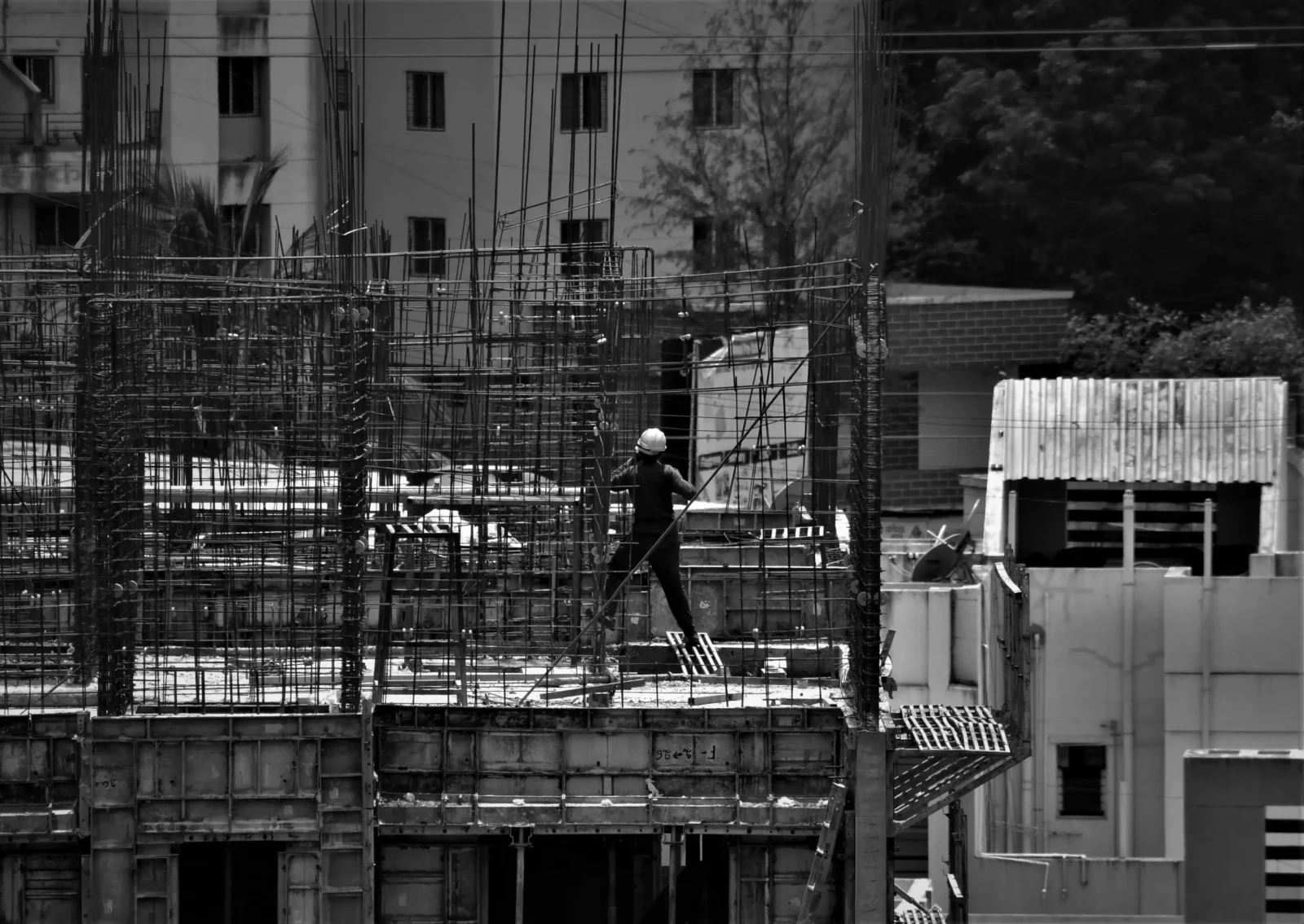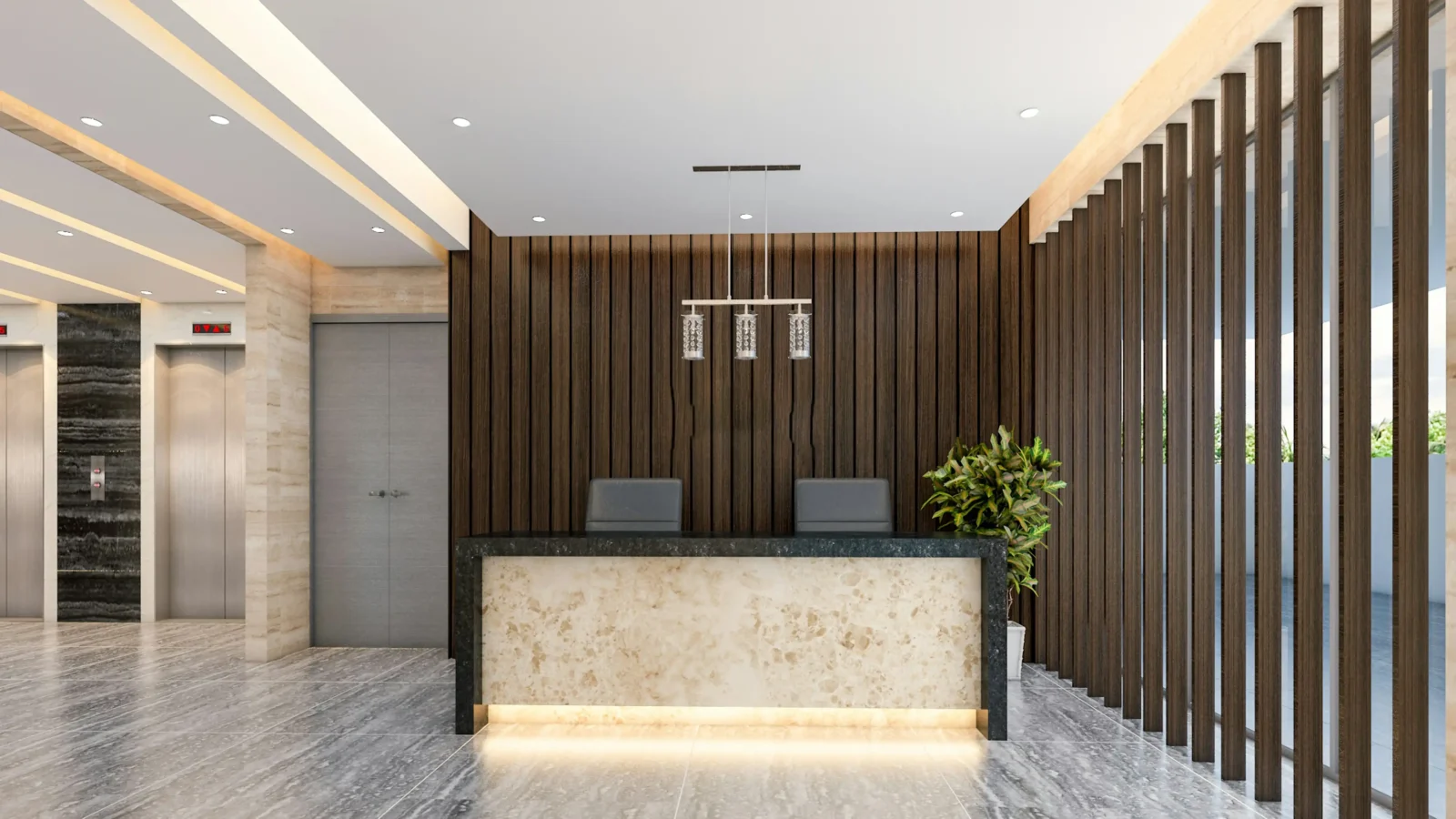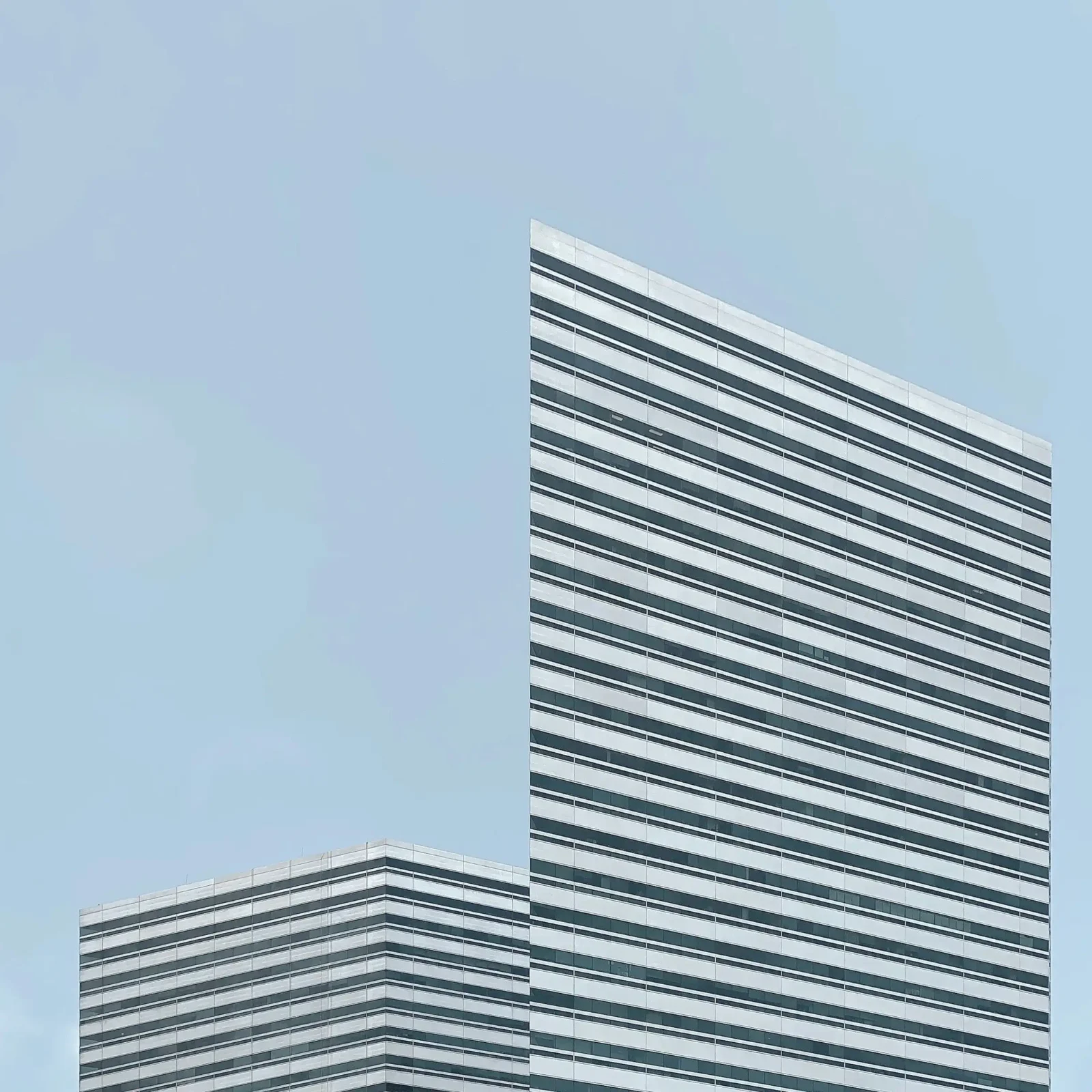- Home
- Articles
- Architectural Portfolio
- Architectral Presentation
- Inspirational Stories
- Architecture News
- Visualization
- BIM Industry
- Facade Design
- Parametric Design
- Career
- Landscape Architecture
- Construction
- Artificial Intelligence
- Sketching
- Design Softwares
- Diagrams
- Writing
- Architectural Tips
- Sustainability
- Courses
- Concept
- Technology
- History & Heritage
- Future of Architecture
- Guides & How-To
- Projects
- Interior Design
- Competitions
- Jobs
- Store
- Tools
- More
- Home
- Articles
- Architectural Portfolio
- Architectral Presentation
- Inspirational Stories
- Architecture News
- Visualization
- BIM Industry
- Facade Design
- Parametric Design
- Career
- Landscape Architecture
- Construction
- Artificial Intelligence
- Sketching
- Design Softwares
- Diagrams
- Writing
- Architectural Tips
- Sustainability
- Courses
- Concept
- Technology
- History & Heritage
- Future of Architecture
- Guides & How-To
- Projects
- Interior Design
- Competitions
- Jobs
- Store
- Tools
- More
Politecnico di Milano’s Unique Approach to Architecture Education
Explore Politecnico di Milano's architectural education philosophy highlighting its diverse faculty, hands-on teaching approach, and research opportunities in areas like sustainable architecture and urban planning. Learn how this integrated academic model effectively prepares students for real-world challenges.

When we talk about top-notch architecture education, the Politecnico di Milano can’t be overlooked. With a rich history dating back to 1863, it’s a place where creativity meets practicality, setting a high standard in the field of architecture. Nestled in the heart of Milan, this institution has been shaping the minds of future architects for generations. Its unique blend of theoretical and practical training sets it apart from other architecture schools.
At Politecnico di Milano, students are not just taught, they’re inspired. They’re given the tools to think outside the box, to innovate, and to create architectural marvels that stand the test of time. It’s no wonder that it consistently ranks among the top architecture schools worldwide.

Table of Contents
ToggleOverview of Politecnico di Milano Architecture Education
We turn our focus to the fascinating world inside the campus of Politecnico di Milano. With a long-standing history since 1863, the institution’s bustling architecture department is a hive of ingenuity and creativity.
To truly appreciate Politecnico di Milano’s commitment to architecture education, let’s delve into their innovative curriculum. It’s a remarkable blend of theoretical training and practical exposure. This unique approach sparks critical thinking, pushing their students to the edge of innovation.
Let’s glance at some essential aspects of the course structure:
- Undergraduate programs focus primarily on the foundational principles of architecture, urbanism, and history.
- Master’s programs offer a deeper understanding and specialization in various fields such as urban planning, landscape architecture, and interior design.
What makes studying architecture at Politecnico di Milano truly special, is the emphasis on real-world exposure. Collaboration with construction companies and architectural firms give students an unprecedented insight into the industry.
Furthermore, the institution constantly adapts to the ever-evolving architectural trends. Students here learn to navigate these changes and, in turn, create lasting, impactful designs.
Certainly, these reasons contribute to Politecnico di Milano’s recognition as one of the top architecture schools. Indeed, it’s paving the way for aspiring architects to leave an indelible mark on the building and design landscapes. So whether you’re an aspirant, a practicing architect or an enthusiast, Politecnico di Milano is certainly a name to remember.

Admission Requirements at Politecnico di Milano
To step into the world of architecture at Politecnico di Milano, there are certain admission requirements to fulfill. These vary between the undergraduate and graduate programs. We’re here to outline them so that aspiring architects can get a clear picture of what’s needed to join this eminent institution.
Undergraduate Programs
For those aiming to kickstart their architectural journey with Politecnico di Milano’s undergraduate program, there are a few requirements to bear in mind.
To start, a high school diploma or equivalent is required. For international applicants, it’s essential to provide an equivalent degree from their respective country.
In addition to academic qualifications, the university demands proficiency in the Italian language for undergraduates. It’s because the majority of the undergraduate classes are conducted in Italian. Note that this requirement is not applicable for English taught programs.
A valid proficiency certificate, for instance, the CILS or CELI, acts as proof. Do not forget, each program may have its individual pre-requisites, it is crucial to check for specific course requirements.
It’s worth mentioning that Politecnico di Milano also admits students through the entrance exam, and competition is tough. The better prepared you are, the higher your chances of securing a spot in one of Italy’s top architecture schools.
Graduate Programs
Pursuing a graduate program at Politecnico di Milano requires a completed undergraduate degree in a related discipline from an accredited university. This rule applies to both domestic and international students.
Besides the academic requirements, there’s a necessity of language proficiency, mirroring the undergraduate admissions. For most of the Master’s programs at Politecnico di Milano, academic instruction is in English, hence, proof of English proficiency is required. You can opt for widely recognized certificates such as TOEFL, IELTS, or a Cambridge English exam.
Do keep in mind, specific courses might have additional requirements or demand portfolio presentations. Hence, it’s always a good practice to check the course specific admission criteria.
We should underline that a diverse background in architectural projects would add weight to your application. It shows the willingness to embrace innovative design techniques, a quality that Politecnico di Milano highly values.
Decoding the requirements for admission to Politecnico di Milano might seem daunting, but the rewards are worth the effort. By unlocking the doors to this architecture school, you’re taking a step towards an innovative, challenging, and trend-adapting architectural journey.

Curriculum and Courses Offered
At Politecnico di Milano, the architecture curriculum is designed to enhance broad skillsets and deep knowledge necessary for architectural practice and academic progress. The diverse courses offered meet global standards, align with technological trends, and inspire innovative solutions.
Design Studios
Design Studios form the backbone of our architectural education. Essential to any architecture program, these studios are where theory meets practice. Students gain hands-on experience, creating design projects under the mentorship of experienced architects. From residential to commercial, ecological to futuristic, students experiment across various architectural forms. The collaborative environment facilitates peer-to-peer learning and cultivates a culture of feedback and improvement.
Architectural History
Architectural History courses complete the blueprint of architectural knowledge at Politecnico di Milano. Here, students explore various architectural ages, styles, and leaders that have shaped the built environment over centuries. Through in-depth case studies and thematic lectures, students gain a critical understanding of architecture’s evolution. They learn how past influences shape contemporary design, enabling them to draw knowledge from history while pioneering modern architectural solutions.
Urban Planning
Finally, Urban Planning courses ensure students grasp the relationship between architecture and the broader urban landscape. Town planning, land use, and spatial design are crucial areas covered in these studies. Students learn to develop sustainable, people-oriented designs that contribute positively to urban development. In these classes, students aren’t just architects, but city-shapers, visionaries who design spaces that accommodate growth while preserving distinct cultural and architectural identities.
The blend of these core components within the curriculum at Politecnico di Milano results in a well-rounded, comprehensive architectural education. With a seamless blend of theory and practical exercise, our students emerge prepared, innovative, and ready to succeed in the highly competitive field of architecture.
Faculty and Research Opportunities
Politecnico di Milano boasts a diverse faculty comprised of experienced architects and educators, whose expertise and guidance play a vital role in sculpting the aspiring architects’ minds. Their educational backgrounds range from top architectural schools around the globe fostering an international mindset. Together, we offer students a multifaceted understanding of the architectural landscape.
The faculty implements an interactive teaching approach that allows students to consolidate theoretical concepts with real-world applications. Their directive? To build knowledge that is as practical as it’s theoretically sound. This unique teaching methodology forms the backbone of our Design Studios.
Beyond the classrooms, students are encouraged to be part of research opportunities, another pivotal component of architectural education at Politecnico di Milano. We encourage students to take part in their professors’ research projects, allowing them a chance to delve deeper into architectural theories, principles, and practices. Our research fields cover a broad spectrum that includes sustainable architecture, architectural restoration, urban planning, technological innovation, and contemporary architectural design strategies.
At Politecnico di Milano, our research vision aligns with the aim to uplift sustainable and people-oriented designs. Hence, our research initiatives often deal with solving current architectural challenges and identifying opportunities for future development and growth.
Such opportunities for involvement in research projects not only extend the students’ learning experience but also add substantial value to their resumes post-graduation. It’s a unique experience that molds them into well-informed, rounded architects capable of tackling complex architectural problems.
These means of learning through professors’ expertise and engagement in research projects help our students gain a firm foundation in the field, enabling them to carve their niche in contemporary architecture. Again, the underlying principle remains – a combination of theoretical knowledge backed by practical field experience. It’s what we believe forms the essence of quality architectural education at Politecnico di Milano.

Conclusion
Having an understanding of the unique advantages offered by Politecnico di Milano’s architecture program, it’s clear that the institution is dedicated to creating stellar architects. Their innovative approach to teaching, combined with rich research opportunities, allows for a comprehensive exploration of the field.
Notable about Politecnico di Milano is the diversity among faculty members. They hail from some of the top architectural schools worldwide, thus offering a variety of perspectives. This diversity results in a holistic architectural education that takes into account multiple viewpoints and trends in the field. The impact? Depth of understanding and versatility in our students.
Anyone involved in the field knows that practical application is just as important as theoretical knowledge. Here’s the good news: At Politecnico di Milano, we don’t stop at simply providing education. The interactive teaching method practiced here ensures every student has the opportunity to apply their newly acquired theoretical concepts to real-world situations. Now, that’s understanding architecture in its true essence.
To further cement this integrative learning approach, students are encouraged to take part in various research projects. The focus areas include sustainable architecture, urban planning, and contemporary design strategies. These align perfectly with the school’s strong commitment to delivering sustainable and people-oriented designs.
| Focus Area | Description |
|---|---|
| Sustainable Architecture | Designs that reduce environmental impact and promote sustainability |
| Urban Planning | Planning and design solutions for cities |
| Contemporary Design | Modern architectural designs for the future |
Let’s not forget the benefits of research project involvement. This invaluable experience not only amplifies the learning process but also brings an added bonus to your post-graduation resume. Confidence in tackling complex architectural problems? Check. A ready-to-impress resume? Check.
Indeed, the fusion of theoretical knowledge, practical field experience, and research opportunities is a unique blend provided by Politecnico di Milano’s architectural education. It defines a quality architectural education for any aspiring architect’s journey to success. Let’s delve deeper into these details in the next few sections.
Submit your architectural projects
Follow these steps for submission your project. Submission FormLatest Posts
Best Tools for Tracking Construction Labor Hours
Quick View of the Products Listed Best Overall: Workyard – Complete construction...
More Than a Gate: Designing a Secure and Stylish Home Entryway
A property’s entrance tells a story before a single guest steps inside....
Employer Liability and Smartphones: When Work Texts Cause Crashes
In today’s connected world, it’s nearly impossible to separate work from daily...
What Are the Best Topics for Architectural CE?
By now, every architect in the United States understands that continuing education...












Leave a comment